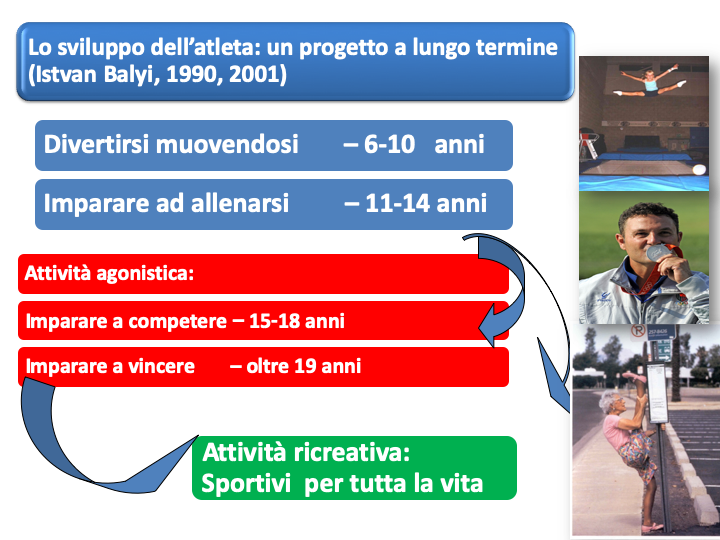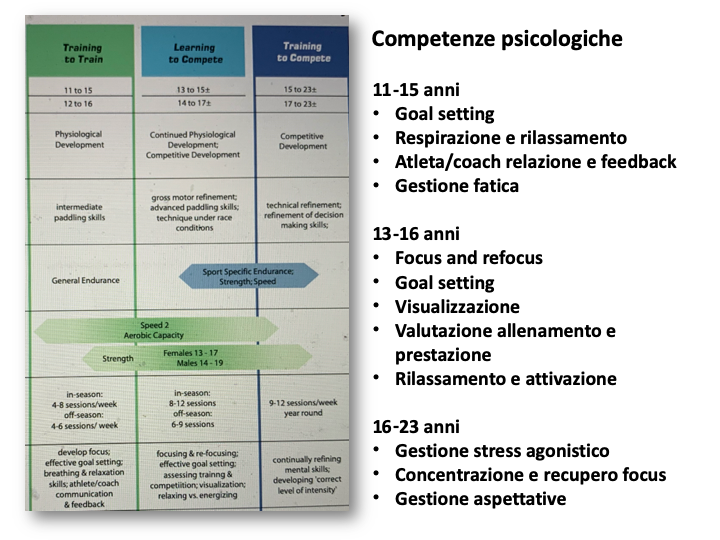This short article stems from the need to also acquaint coaches, physical trainers, physicians, and sports psychologists with the guidelines for long-term athlete development and how coaches can guide this process through the stimulation of athletes’ motivation.
Introduction
Sport has experienced incredible development in the past 30 years, manifested through the:
- Involvement of millions of young people
- Creation of thousands of new sports clubs and practitioners
- Increase in scientific production in this field
- The search for new and more appropriate training programs for childhood and adolescence
- Monetization of youth sports activity
- Disappearance of play-sport freely organized by young people
- Total dominance of adults in the organization of sports
- Increasingly early pursuit of sports talent
- Significant presence of parents in the sports training of their children
- Diffusion of sports among young people with physical and intellectual disabilities
- Imposition of adult programs on children,
- Imposition of male programs on girls,
- Coaching programs more based on outcome (winning) rather than process (coaching),
- Better coaches are dedicated to competitive and absolute level sports,
- Programs do not take into consideration the biological development and mental processes of young people,
- The role of parents is poorly defined,
- Psychological skills are not integrated into the coaching process,
- Early initiation into the practice of only one sport,
- Competition among sports organizations to grab young people,
- Disinterest in young adolescents who are not interested in competitive activity.
Based on these considerations, it is necessary for sports organizations to engage young people in a sports program that provides them with the opportunity to:
- develop and maintain permanently over time a physically active lifestyle,
- develop their sporting potential.
Complementing the practice of sports, one of the most important elements in the development of young people is to provide opportunities and reasons for developing their sense of belonging, not only in regard to the sports club but also to the broader community in which they act on a daily basis and which includes school, parents and friends.
Therefore, the focus must be placed not only on sports development, but also on the realization of that social network of which young people are a part; consisting mostly of adults (parents, teachers and coaches) who do not habitually dialogue with each other except in the most institutional ways.








